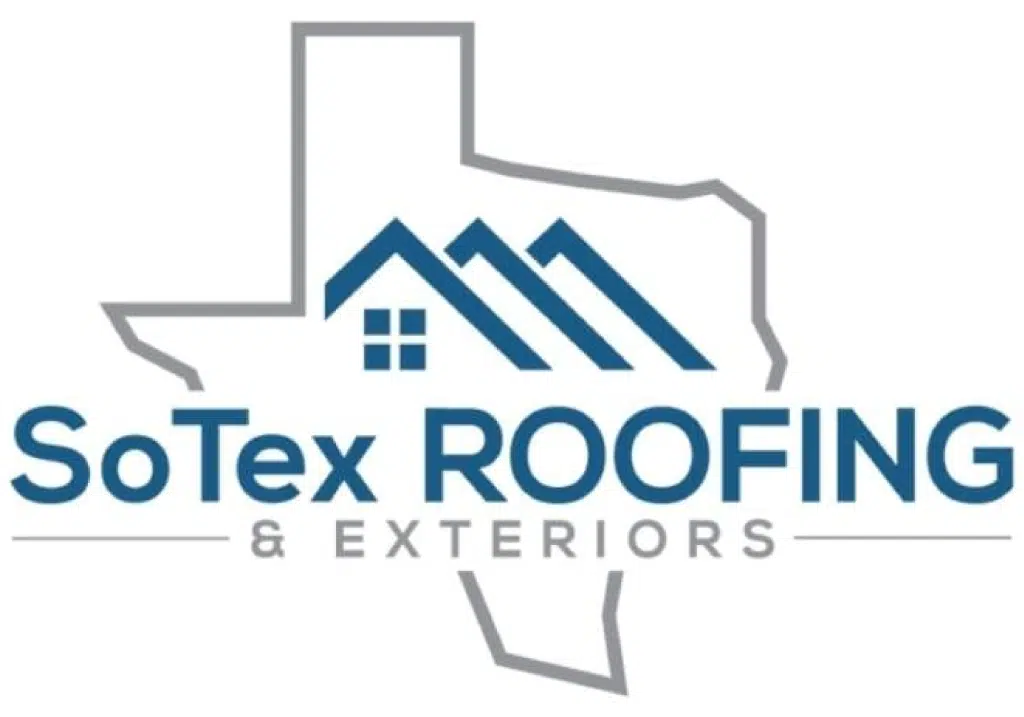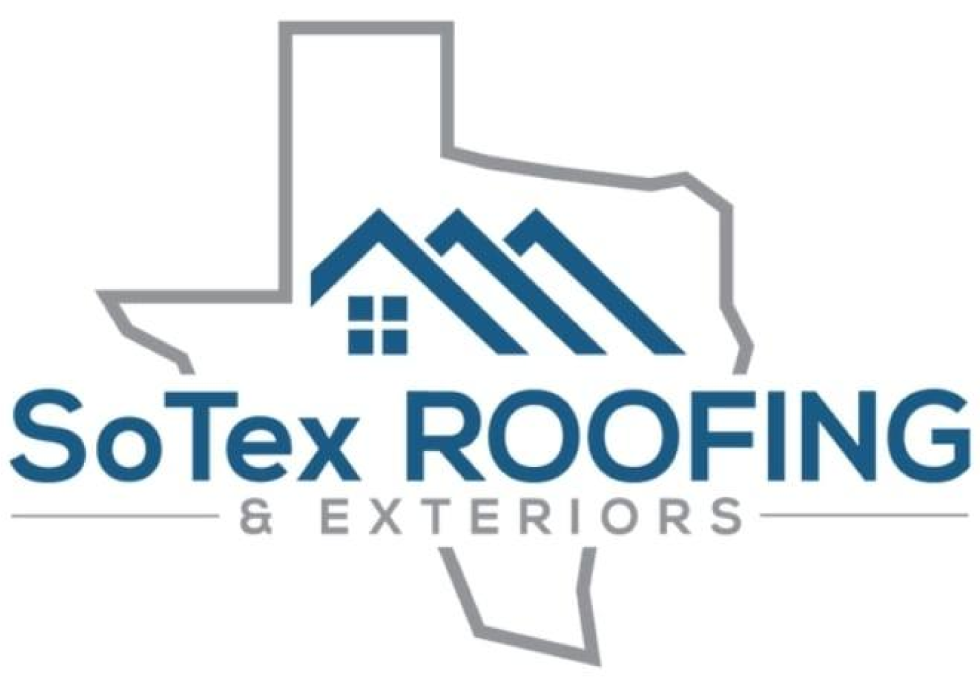When severe weather strikes San Antonio, your roof stands as your home’s first line of defense. Understanding proper storm inspection timing can mean the difference between minor repairs and major renovations. As Texas homeowners know all too well, our region experiences a variety of severe weather conditions throughout the year, from hailstorms and high winds to torrential downpours. At SoTex Roofing and Exteriors, we recommend establishing a clear plan for storm inspection timing to ensure your roof remains in optimal condition year-round.
The Importance of Proper Storm Inspection Timing
Determining the right storm inspection timing isn’t just about convenience—it’s about protecting your investment. Many homeowners make the mistake of waiting too long after severe weather events to have their roofs inspected. This delay can compound damage and lead to more extensive and expensive repairs down the line. Optimal storm inspection timing involves scheduling an assessment as soon as it’s safe to do so following a severe weather event.
Storm damage isn’t always immediately visible from ground level. Issues like displaced shingles, damaged flashing, or compromised structural integrity might go unnoticed without professional evaluation. That’s why establishing a regular inspection schedule is essential for maintaining your home’s first line of defense against the elements.
Immediate Post-Storm Assessment: The 24-72 Hour Window
The most critical period for storm inspection timing falls within the first 24-72 hours after the weather event. During this initial window, professional roofers can identify and document fresh damage before further deterioration occurs. This prompt assessment is particularly important if you plan to file an insurance claim, as many policies have specific timeframes for reporting damage.
At SoTex Roofing and Exteriors, we prioritize emergency inspections following severe weather events in San Antonio and surrounding areas. Our experienced team understands that proper storm inspection timing can help preserve evidence of damage and expedite both insurance claims and necessary repairs. Remember that roof damage left unattended can lead to interior water damage, mold growth, and compromised structural integrity—all costly issues that proper timing can help prevent.
Seasonal Considerations for Roof Inspections
While immediate post-storm evaluations are crucial, a comprehensive maintenance strategy should also account for seasonal patterns. In San Antonio, effective storm inspection timing means preparing for specific weather threats throughout the year:
Spring Roof Care
Spring brings an increased risk of severe thunderstorms, hail, and high winds to South Texas. Smart homeowners schedule a preventative inspection in early spring to ensure their roof is prepared for the season’s challenges. Following any significant spring storms, prompt follow-up assessments should be part of your home maintenance protocol.
Summer Maintenance
Although less frequent than spring storms, summer weather in San Antonio can bring sudden, intense downpours and occasional high winds. Your summer maintenance should include a mid-season check to identify any issues that may have developed during spring storms and to prepare for potential hurricane season impacts.
Fall Preparation
As hurricane season peaks in early fall, strategic roof care becomes even more critical. Schedule a comprehensive roof evaluation in early fall to address any summer damage and prepare for potential tropical systems that could affect the region. Good storm inspection timing means being proactive before the threat of severe weather arises.
Winter Assessments
While San Antonio rarely experiences severe winter weather, occasional freeze-thaw cycles can stress roofing materials. Your winter maintenance should include a post-freeze assessment if temperatures drop significantly, as these conditions can exacerbate existing weaknesses in your roofing system.
Signs That Should Prompt Immediate Inspection
While establishing a regular maintenance schedule is important, certain warning signs warrant immediate professional attention regardless of when they appear:
Interior water stains or leaks indicate that your storm inspection timing should be immediate rather than scheduled. Even small water spots can signify significant roofing problems that require prompt evaluation. Similarly, if you notice granules from asphalt shingles in your gutters or downspouts, this suggests accelerated wear on your roofing materials.
Visible exterior damage such as missing, cracked, or curling shingles also warrants addressing these issues promptly. And if neighbors in your area are receiving roof repairs following a storm, this community-wide damage suggests your home may be affected as well, making immediate assessment appropriate.
The Insurance Factor in Roof Inspections
Many homeowners don’t realize that storm inspection timing can significantly impact insurance claims. Most insurance policies include specific timeframes for reporting damage, making prompt evaluation essential for coverage. When you work with SoTex Roofing and Exteriors, our experienced team can help document damage according to insurance requirements and ensure your assessment aligns with policy guidelines.
Professional documentation during the post-storm window provides valuable evidence for your claim. Our detailed reports include photographs, measurement data, and professional assessments that can help substantiate your insurance claim and facilitate a smoother approval process.
Choosing the Right Professional for Your Inspection
Not all roofing contractors are equally qualified to conduct thorough storm damage assessments. When selecting a professional for your inspection needs, look for local experience specific to San Antonio weather patterns, proper licensing and insurance, experience working with insurance claims, positive reviews from other homeowners, and certification from major roofing material manufacturers.
At SoTex Roofing and Exteriors, we meet all these qualifications and bring years of experience specific to San Antonio’s unique weather challenges to every inspection we perform. Our team understands that effective storm inspection timing is about more than just scheduling—it’s about providing thorough, accurate assessments that protect your home.
The Cost of Delayed Inspections
Postponing a roof inspection after severe weather can have significant financial consequences. While it might seem like a way to avoid immediate expenses, delayed storm inspection timing often leads to more extensive damage and costlier repairs. Small issues that could have been addressed quickly and affordably can evolve into major structural problems requiring complete roof replacement.
Additionally, insurance companies may deny claims if too much time has elapsed between the weather event and your inspection request. They may argue that the damage occurred due to normal wear and tear rather than the specific storm event, making proper storm inspection timing crucial for financial protection.
Conclusion: Proactive Roof Care for Peace of Mind
Ultimately, the best approach to protecting your roof is a proactive one. Don’t wait until damage becomes severe enough to cause interior problems. By establishing a regular inspection schedule and responding promptly to severe weather events, you can protect your home, save money on repairs, and extend the lifespan of your roofing system.SoTex Roofing and Exteriors is committed to helping San Antonio homeowners implement effective maintenance strategies with proper storm inspection timing. Our experienced team provides thorough, honest assessments and clear recommendations based on your roof’s specific condition. Contact us today to schedule your professional roof inspection and take the first step toward comprehensive roof protection, regardless of what weather challenges come your way.




Recent Comments